The Bureau of Labor Statistics (BLS) released their September jobs report Friday, and the news was better than expected. The national unemployment rate fell to 7.8 percent, which is the lowest it has been in more than three years. Unlike last month, the fall is not attributed to discouraged workers dropping out of the labor force, but rather due to more people in the labor pool actually getting jobs.
This news couldn't have come at a better time for the Democratic Party. With the impending elections, the September jobs report tends to get a lot of attention, and its predictions can make or break a presidential candidate. These new numbers now bring the unemployment rate back to what it was during President Obama's inauguration in January 2009.
Overall the economy added 114,000 jobs in September, which closely aligned with analyst's expectations. Additionally, previous job numbers were revised up for both July (from 141,000 to 181,000) and August (from 96,000 t0 142,000).
These job gains are modest and below where they were a year ago. So how is it we can have a spectacular drop in the unemployment rate, but only modest job gains? The answer is these numbers come from two different surveys.
The unemployment rate is calculated from the Household Survey, which surveys 60,000 households and is believed to be more volatile. From this sample of households, the BLS calculates the unemployment rate as the percentage of people in the civilian labor force who are unemployed.
The civilian labor force is defined as the sum of both civilian employed and unemployed persons, the latter of which is defined as people without employment who have actively looked for work in the last four weeks.
From this survey, the BLS calculated total employment rose by 873,000 and the civilian labor force rose by 418,000. The employment numbers contain a broad swath of workers, such as self-employed workers, unpaid family workers, and potentially illegal immigrant workers. Together these numbers mean that not only did more people get jobs, but more people entered the labor force as well. In other words, the unemployment rate fell even when the labor market was seeing an influx of new job seekers.
Now back to those less-impressive job gains mentioned above. These are calculated from the Establishment Survey, which surveys about 141,000 businesses and government agencies. This survey covers a much larger sample size and thus has a smaller margin of error than the household survey. For this reason, the numbers from this survey are often the ones watched closely by economists and policy analysts.
Even though many will be focused on the significant drop in the unemployment rate, news that helps the Obama camp, it will be hard to ignore those less-than-impressive job gains.
If other macroeconomic variables were experiencing the same listlessness as job numbers, than Obama's chances for reelection might fall. However, other economic indicators have been showing improvement -- the Dow Jones Industrial Average is at a four-year high and within spitting distance of its pre-recession peak, GDP has been rising and is also above its pre-recession peak, and lastly the Consumer Confidence Index, produced by The Conference Board, rose from 61.3 in August to 70.3 in September.
These pieces taken together form the picture of a recovering economy. Although the falling unemployment rate should be taken with a grain of salt on its own, it is just a piece of the larger picture and some hard-to-deny truth -- things are getting better. No, we aren't back to where we were, but we are closer than we've been in a long while.
Katie Bardaro is the lead economist and data analytics manager for PayScale.com.
Follow PayScale on Twitter: @payscale
Like PayScale on Facebook: facebook.com/PayScale